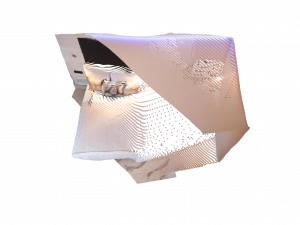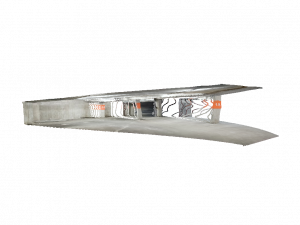AIML student’s research in top 2% at prestigious global computer vision conference

AIML PhD student Wei Yin
Story written by Dr Sarah Keenihan, AIML
A research paper by AIML PhD student Wei Yin has been short-listed as a candidate for Best Paper at the Computer Vision and Pattern Recognition (CVPR) conference 2021.
The selection indicates Yin’s work is in the top 2% of all papers accepted by CVPR.
CVPR is regarded as one of the most important annual conferences for computer vision AI researchers across the world.
The paper Learning To Recover 3D Scene Shape From a Single Image was published by Yin with his supervisor Professor Chunhua Shen and their collaborators at Adobe Research.
Yin says his new publication is exciting because it describes a breakthrough the research team made in creating an AI method to reconstruct a scene from a single camera image.
“Our method allows us to use a single image to reconstruct the 3D shapes in a scene,” Yin says.
“This is an important advance, because previously the best approach we had was to base image reconstruction on simple measurements.”
“Now we have a way to actually reconstruct shapes,” says Yin.
Yin’s new method has been used to recreate the shapes in images such as a parking area with concrete pillars, and a bedroom. The accuracy of reconstruction will improve with further training.
New technologies that facilitate reconstruction of scenes are highly sought after by image and video editing software developers, and developers who aim to construct realistic virtual worlds for gaming or other applications.
Yin admits his new the technique is not perfect at this stage, but points out the key here is the publication of a new way forward.
“Now we can use even more data to train the model further and make it more accurate,” says Yin.
But other advances become possible as well.
The algorithmic steps involved in solving an AI problem are often referred to as a “task pipeline”. Now that a task pipeline for 3D image shape reconstruction has been identified and published, other researchers can pick it up and improve it in other ways.
“For example, maybe our team or others across the world will be able to use this pipeline to make discoveries such as how to accurately reconstruct scenes from video footage,” Yin says.
Sharing of new AI pipelines with other researchers across the world is common, and means developments in machine learning can accelerate rapidly once a new breakthrough is made.
This year, CVPR is being held virtually over June 19-25 2021.




